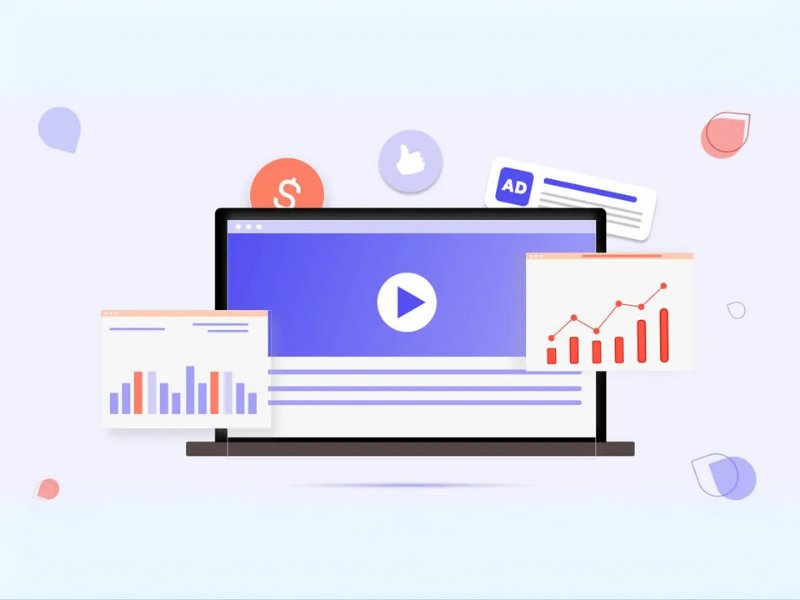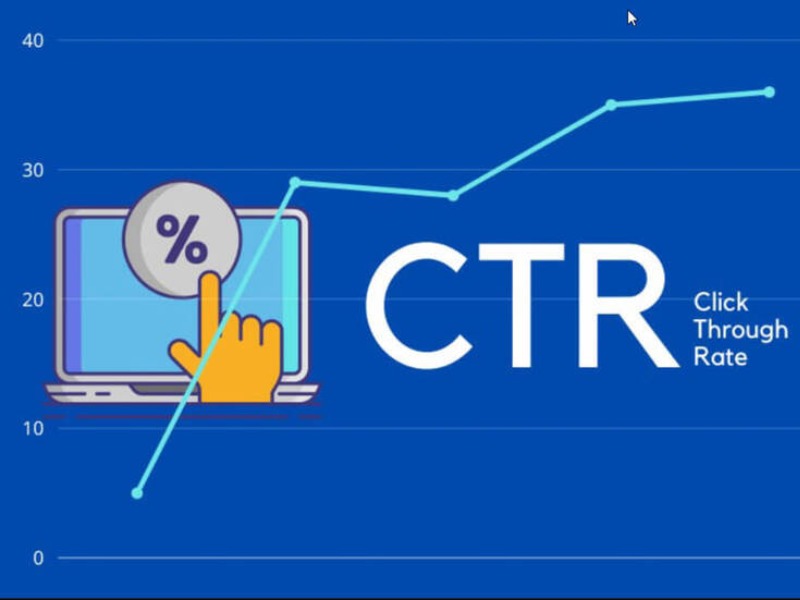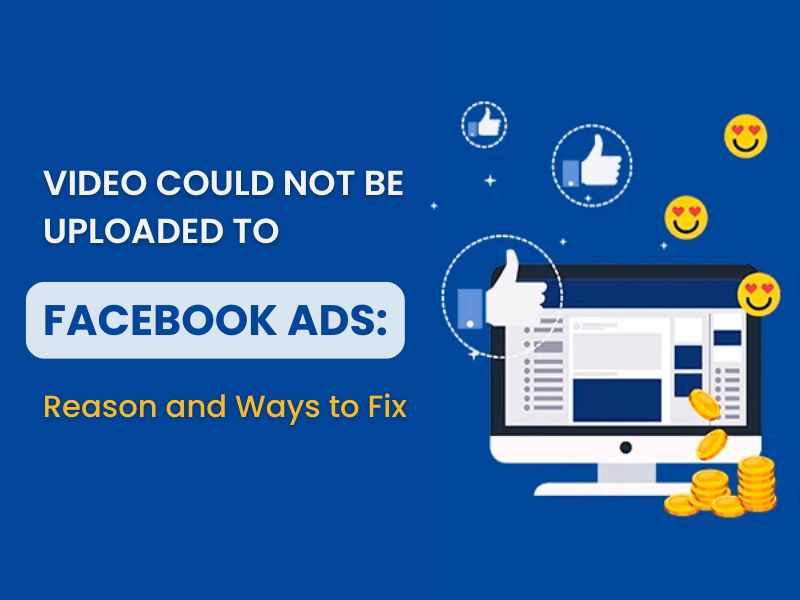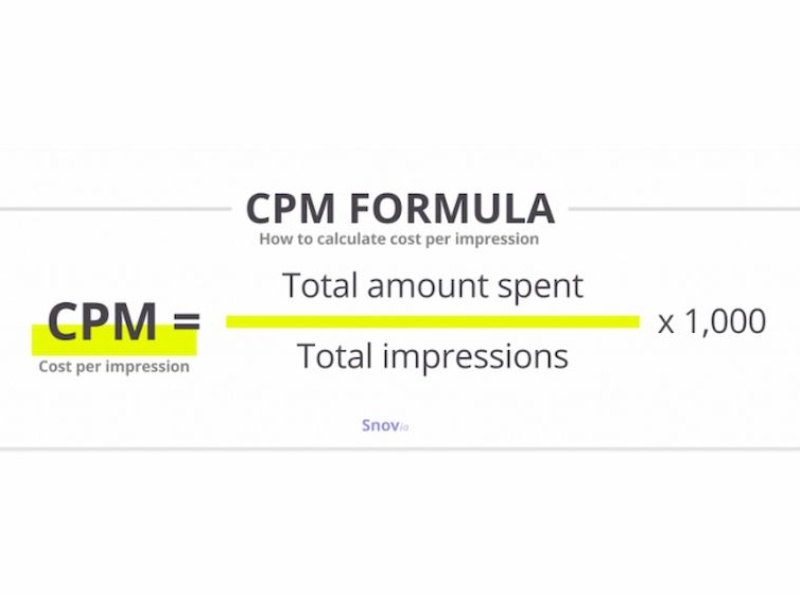If creativity is the secret to building successful ad campaigns, data is the key to measuring them. When running Facebook Ads campaigns, one of the most important metrics businesses need to track and measure is ROAS, especially when comparing their performance against the average ROAS for Facebook Ads.
In this article, NEMI Ads will share the formula for calculating ROAS and answer the question of what is considered a good ROAS. Join NEMI Ads to explore the details right now!
What is ROAS?
ROAS – Return on Ad Spend is an extremely important metric in Facebook Ads campaigns. It indicates the profit a business can earn for every dollar spent on advertising. Understanding your performance compared to the average ROAS for Facebook Ads is crucial for accurate campaign evaluation.
At the same time, through this metric, businesses can also analyze ad data by channel or platform. Continuously tracking and measuring ROAS helps identify the potential of campaigns, allowing businesses to eliminate underperforming ads. This enables businesses to allocate their budget more efficiently and ultimately optimize the profit from Facebook Ads.
In practice, ROAS is sometimes confused with ROI (Return on Investment) – a similar concept but different in key aspects. ROAS measures the return on advertising spend, while ROI measures the return on total investment. Specifically, calculating ROI means the business is assessing the profit generated from a specific investment relative to its cost.
Thus, to build and implement related strategies accurately, it is essential to understand the difference between these two metrics.
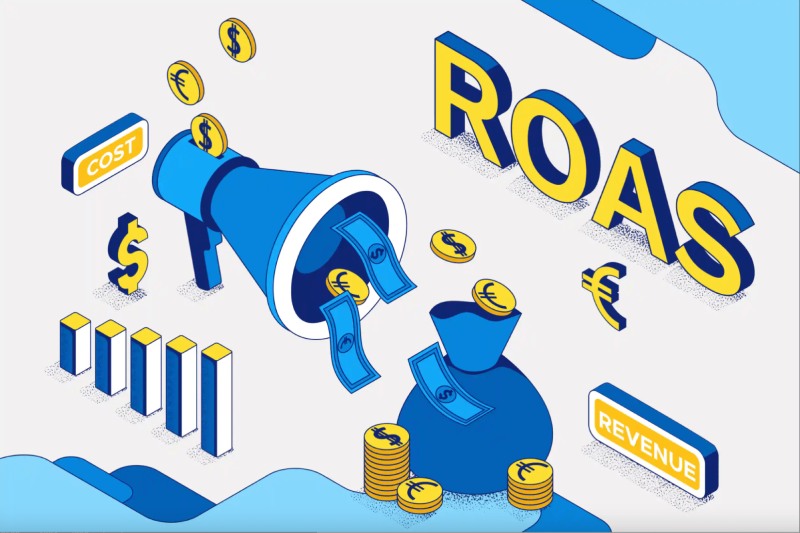
How to calculate ROAS Facebook Ads
To calculate and measure ROAS, you can use the following formula:
ROAS = Total revenue from the ad campaign / Total cost of the campaign * 100
For example, if you spent $1000 on an ad campaign and it generated $3000 in revenue, applying the formula gives us:
ROAS = $3000 / $1000 * 100 = 300%
This means that with a ROAS of 300%, for every $1 spent on advertising, you earned $3.
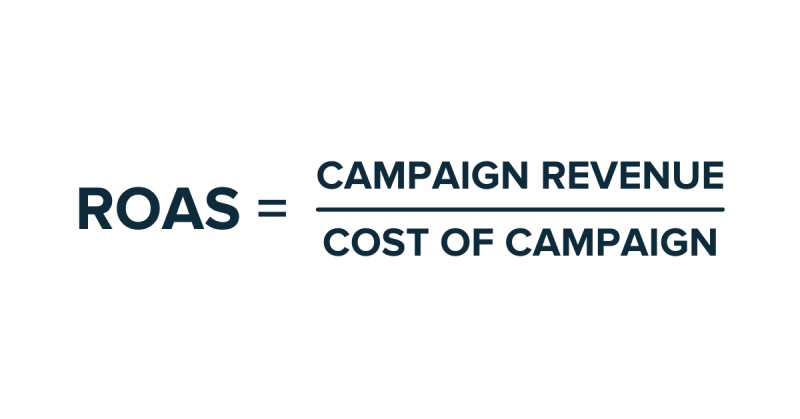
A Good ROAS for Facebook Ads
The average ROAS for Facebook ads ranges from 200% to 400%. However, in reality, the higher the ROAS, the better.
That being said, achieving a high or low ROAS depends on the stage of development and the financial situation of each company. Generally, newly established companies often need higher profit margins, while well-established companies focusing on growth may invest more in advertising.
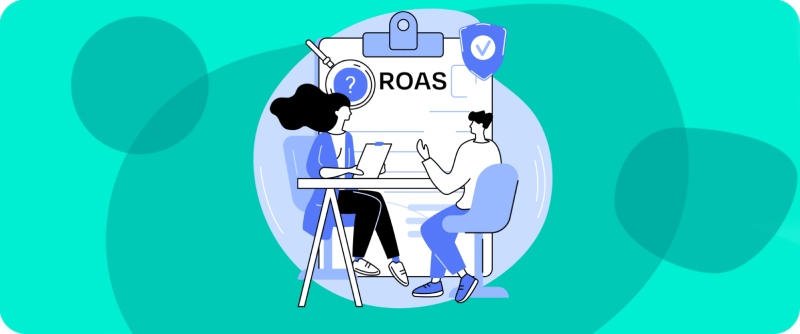
04 tips for optimizing ROAS every business should master
Optimize Ads quality
The ad creative plays a crucial role in capturing customers’ attention, determining whether they will click on and interact with the ad. Therefore, if the Return on Ad Spend is low, the first factor a business should examine is the design and content of the ad creative.
There are many ways to improve the quality of marketing materials, but it’s essential to focus on sharp creatives, effective CTAs, and visuals, particularly highlighting the features and value of the product.
Additionally, all price-related elements should be presented as clearly as possible. Avoid using vague phrases such as “cheap” or “bulk,” which may confuse customers when processing the information.
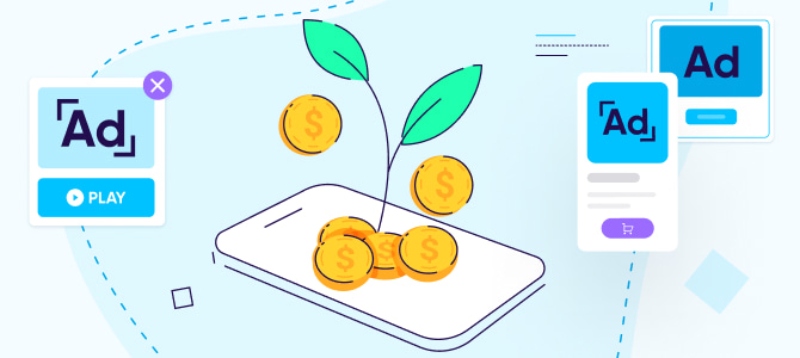
Focus on effective keywords
To optimize ROAS, analyzing and selecting potential keywords is a critical task. Businesses should focus on keywords directly related to their products and services. Don’t forget to optimize ad content to align with these keywords, creating a strong connection between user needs and the ad message. This way, businesses can not only improve ROAS but also enhance the overall effectiveness of the ad campaign.
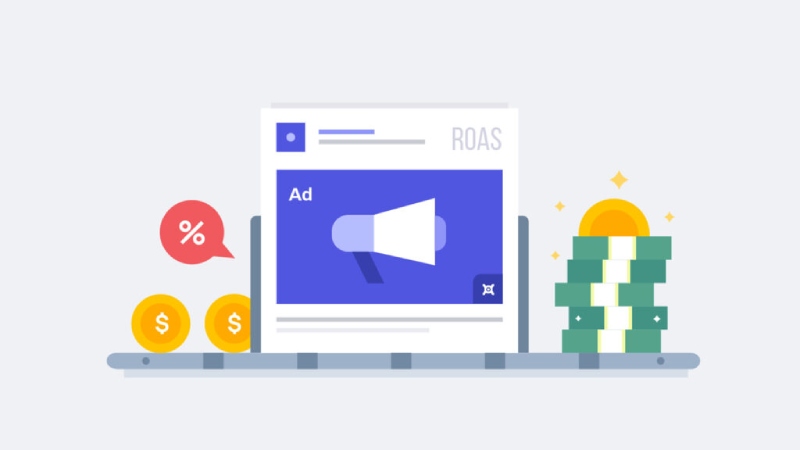
Optimize your landing pages
A landing page is an independent web page, considered the “gateway” that plays a particularly important role in persuading and converting customers. An increase in the conversion rate also means an improvement in ROAS.
Therefore, when running campaigns that convert to a landing page, you must ensure that the page offers the most convenient experience for customers, from exploring information to adding products to the cart and checking out. Specifically:
- Design a simple, user-friendly landing page that works well across various devices.
- Optimize page load speed to ensure users don’t have to wait long. Fast loading times improve the user experience and keep customers engaged.
- Design an appealing user interface and use effective call-to-action (CTA) elements to encourage users to take the desired action.
- Use attractive graphics and images to enhance the aesthetic appeal of the website and grab users’ attention. However, ensure that these graphics are optimized so they don’t slow down the page loading speed.
- Product/service information should be concise, clear, and focused on highlighting the value, benefits, and how the product can address the customer’s needs.

Retargeting
Retargeting is also a key strategy for improving ROAS. By delivering ads to people who have previously interacted with the brand and “reminding” them of their initial interests and needs, businesses can increase conversion rates and reduce advertising costs.
To implement retargeting campaigns, businesses must start by setting up Facebook Pixel:
- Create a Facebook Pixel in the Facebook Event Manager.
- Install the Pixel code in the head section of your website (right after the <head/> tag).
- Verify the active status of the code using Facebook’s Pixel Helper tool.
Once these steps are completed, the next step is to create custom audience files based on user behavior. Finally, businesses design appealing ads to target these audience segments.
In conclusion, ROAS is a critical metric. To optimize ROAS, first compare it to the financial resources and goals of the business, as well as the average ROAS for Facebook Ads. If this metric falls below the company’s expectations, adjust the ad creatives and apply the strategies shared by NEMI Ads above. Feel free to visit NEMI Ads regularly to stay updated with more helpful insights!
